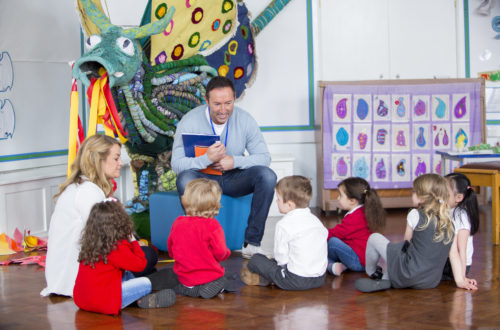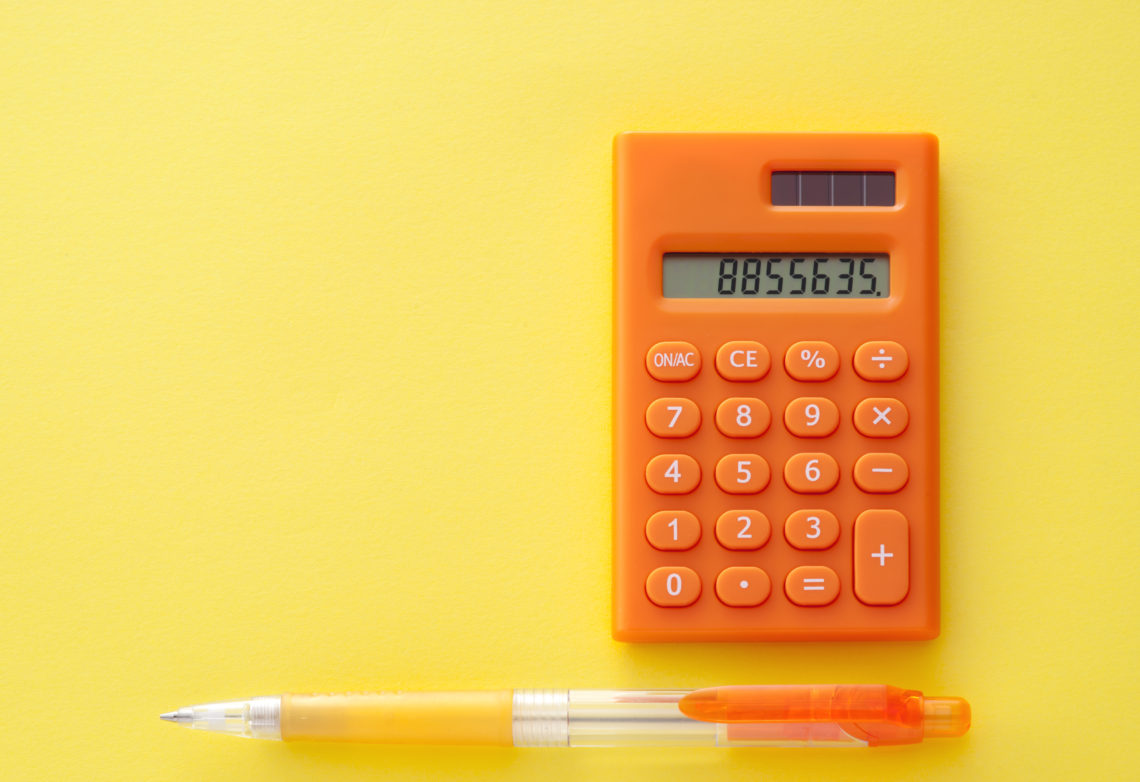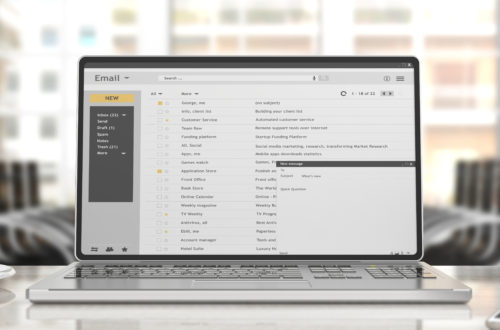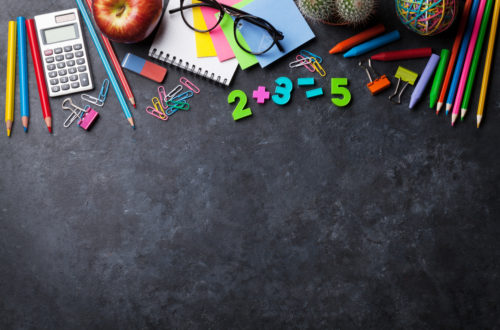-
Tips for a Successful IEP Meeting
Start with something positive An IEP meeting can be stressful for parents. You are determining whether or not their child has a disability, or you have already decided on this and you are meeting to make sure that they are still making progress. This can be upsetting and uncomfortable for parents as a lot of the information that is going to be shared may not be positive. Always start your IEP meeting by telling the parents the good things that you think about their child and how much you enjoy working with them. This sets a positive tone at the beginning and lets the parent know that you are on the…
-
How to Guide A Successful Paraprofessional
Paraprofessionals As special education teachers, it tends to be our responsibility to guide a paraprofessional. Even if it is not officially our job responsibility, our paras are working with our students, and we want to make sure that they know what they are supposed to be doing so we tend to take this on. Who are they? If you are unfamiliar, a paraprofessional is someone who works in your school, but usually is not a licensed teacher. In my experience, a lot of paras are working towards their license, or are newly licensed and are trying to get their foot in the door. I have also worked with some paras…
-
Pre-Reading Strategies for Middle School
Teaching reading to middle school students can be difficult. There aren’t as many resources for teaching middle school reading intervention. Check out 4 Resources for Middle School Reading Intervention. It can also be difficult to find age-appropriate activities to work with students on pre-reading. K-W-L Chart This is one technique for pre-reading that does translate to older students. A K-W-L Chart is where you have the students start by listing what they know about a topic (this is the “K”). Then, you have them make a list of everything that they want to know about the topic (the “W”). And then post-reading you add the third column of everything that…
-
Special Education Guide: The Difference between Accommodations and Modifications
So you have a student that isn’t doing well. Your school uses some version of the RTI model, and you’ve tried to help them in the classroom. But, no matter what you do, they still are struggling so your Child Find team decides its time to explore special education. You start hearing words thrown around like “accommodations” and “modifications,” but you’re not quite sure the difference. Aren’t they both kind of the same thing? No, they’re not. Accommodations are the basis of a 504 plan, and Modifications are the basis of “specialized instruction” or an IEP. Here’s why: Accommodations: Let’s start with accommodations. Accommodations are things that you put in…
-
Using Task Cards in Middle School
If you go to TeacherspayTeachers.com there are task cards everywhere. But what are the best ways to use them in your classroom? Test Prep Task cards are great for test prep. You can assign the students to work individually or in pairs on a set of cards. They give them repeated practice on math concepts. You can either have the students do all the work and then give them the answers at the end. Or, you can have the students actively use the answer key to check their answers as they go so that they can immediately correct errors. Task cards require fairly minimal teacher involvement, making it an easy way…
-
Using Stations in Middle School
As students get older, lesson plans tend to stray away from hands-on learning and group activities. They tend to lean towards more lecture-based lessons, sitting and doing paper and pencil work. But, are students really past the age where learning stations are beneficial? No! Movement When you teach with learning stations, students are given movement breaks during the lesson. Although middle school students can sit for longer periods of time; sitting for a whole class period is still difficult for most of them. Middle school students still are young enough that they benefit from the ability to get up and move during a lesson. Heck, I’m an adult, and I…
-
When Should You Let Students Use A Calculator
Which accommodations we should and should not let students use can be a hot topic. When it comes to math, the one I find the most prominent argument about is the calculator accommodation. In what situations should a student be allowed to use a calculator? When Students are Significantly Behind Not all of your students need the calculator accommodation. Yes, there are times when you let all of your math students use a calculator, but this is not what I’m referring to. The students who need a calculator on their math assignments are your students who struggle with basic integer operations. A calculator accommodation should not be considered for a student…
-
Why You Need to Flip Your Classroom Now!
What does is the flipped classroom? The flipped classroom is when you take the types of activities that would typically be assigned for homework, and make them classwork. While doing this, you take the activities that would generally be done in class and assign them for homework. In a typical middle school math class, the teacher explains a new concept to the class. She explains the concept while writing on the board and describing the examples. After the teacher is done with this “lecture” type math lesson, the students do practice activities. And then they are assigned additional practice for homework. What’s wrong with that? This type of lesson has…
-
Pros and Cons of Assigning Homework
Whether or not students should be receiving homework is a hot topic right now in education. As a special education teacher, I have to be honest; I really can see both sides of the argument, and I don’t know yet on which side I fall. Pro: Additional Practice Homework provides your students with additional practice in the lessons that you are teaching in school. It seems like every year the curriculum gets more and more difficult. That every year we are required to cover even more, yet if we get rid of homework how are we expected to cover it all? In math especially, homework allows the students to get additional practice with…
-
Why You Should Be Using Exit Tickets in Your Classroom
What are Exit Tickets? An exit ticket is when you have the students respond to a prompt, answer a question, solve a problem, some activity that you have students do and pass in to be able to leave at the end of class. An exit ticket is a great way to get an on the spot assessment of how the students are doing, or for the students to reflect on their learning. Exit Tickets for Assessment Exit tickets are a great way to get a sense of how your class is doing. What was the objective of your lesson? If you wanted to make sure that the students knew how…






































